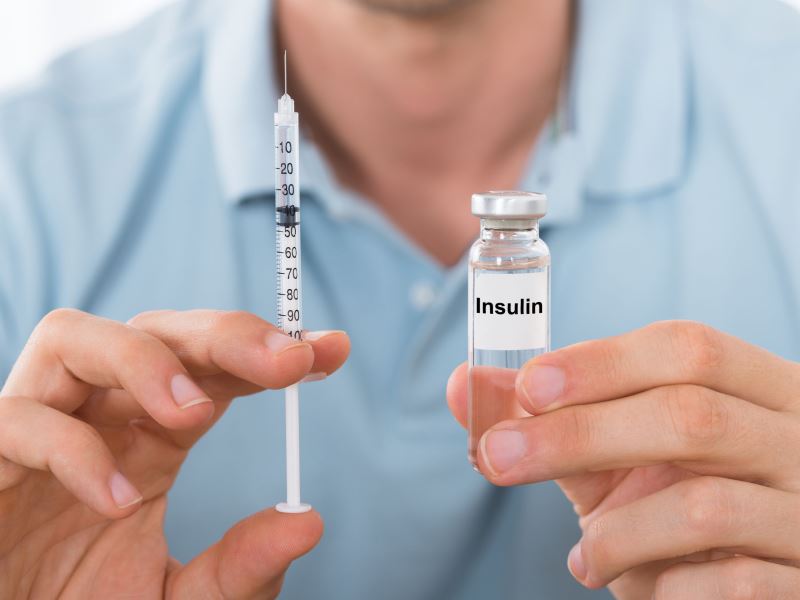There is a common myth among people that insulin injections are only for people suffering from one type of diabetes. And frequently there is a confusion about the type. However, to bust this myth, insulin can be used by both type 1 and type 2 diabetics.
While finding out that insulin injections will become a part of their daily life can cause major concern in many people, it is important for maintaining the daily functions of the body. It is very important to keep the blood sugar levels within the targeted range since it can prove to be a lifesaver.
In some cases of type 2 diabetes, it can be hard to control blood sugar fluctuations even with proper diet and exercise. In such cases, as well as some others, your doctor might recommend insulin injections.
Here are a few tips that can help you in your transition to insulin:
Keeping your health care professional informed about the developments while you switch over to insulin can provide you with confidence and reduce the possibility of something going wrong.
2. Research about insulin
With your doctor in constant contact, you can learn more about insulin from various sources and quiz your doctor when in doubt. This will also help you learn the various facets of self-management of diabetes, including the side effects. You can also ask for training in administering insulin.
3. Monitor your blood sugar closely
With the help of your healthcare professional, set up a blood test schedule with routines for both at home and at school/office. It is important as you must ensure that your blood sugar falls within the target range. If required, your insulin dose can be altered based on:
- Age
- Weight
- Requirement
- Current sugar levels
- Physical activity
4. Keep an eye out for symptoms
Diabetes can produce two conditions depending on management. These conditions are hypoglycemia and hyperglycemia.
As the name suggests, hyperglycemia occurs when there is way too much sugar in your bloodstream. While it does not happen suddenly and takes a few days to develop, the main reason behind it is the unavailability of insulin. There are a few symptoms associated with it:
- Vomiting
- Weakness
- Difficulty breathing
- Nausea
- Increased thirst and urination
If your sugar levels are higher than the limit set, call your doctor right away.
The second condition, hypoglycemia, is the complete opposite of the one discussed above. It happens when there is too little sugar in your blood due to extra insulin. Thus, there is too little sugar for your muscles and brain (less than 70 mg/dL). The symptoms mentioned below arise suddenly:
- Confusion
- Irritability
- Nausea
- Hunger
- Rapid pulse
- Shakiness
- Dizziness
- Feeling cold
It is important to keep an instant source of carbohydrates with yourself to avoid hypoglycemia. The source can be glucose powder, tablets, toffees and candies, and fruit juice. You can talk to your doctor about your options.
5. Ask what you don’t understand
Instead of only using the internet for your research, cross-check any information you find with your doctor. You can write these questions and take up the list with you on your next visit. Also, keep a detailed record of your blood sugar, including any sudden symptoms that you might have spotted.
6. Storing insulin
Depending on the climate of the area you live in, storing insulin can be different. While you can store unused pens in the fridge (but not the freezer) between 2 degrees and 8 degrees Celsius, keep the opened pens in room temperatures only. Remember to never keep them under direct sunlight. While traveling, keep the pens in an insulated bag.
Also, always check the expiry date before use.
Conclusion!
Hopefully, these tips will be able to answer some questions that might pop up when transitioning to insulin. Switching over to these injections can be a challenge. While it does mean that you can live a relatively normal life, it also means that you will become pinned to a routine.
It might seem like a hassle in the beginning, with mounting bills and keeping a track of doses. However, it can help you manage your blood sugar levels and delay and even prevent diabetes-related complications in the long run.

Leave a Reply